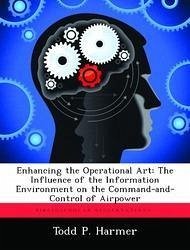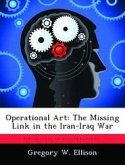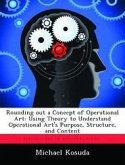Increases in the range and lethality of combat firepower forced units to disperse for survival and resulted in a corresponding increase in the size of the battlefield. The emergence of the operational level of war, which produced a three-fold rather than a two-fold paradigm of military art, was a consequence of attempts to exercise authority over combat forces in the ever-growing battlespace. Practitioners of the military art have often relied upon information technology (IT), to exercise command-and-control-"the expression of the commander's will and intent." This thesis investigates the unique aspects of airpower command-and-control to determine how the information atmosphere-the habits of people and the capabilities of technology-has affected the relationships among the levels of war. The scope of this study places primary emphasis on the IT aspects of the information atmosphere in the command-and-control of airpower. In particular, the relationships among the levels of war are examined by assessing the strategic-operational level interface and the operational-tactical interface. Drawing on evidence from the application of airpower in Vietnam, Operation DESERT STORM, and Operation DELIBERATE FORCE this study concludes that the command-and-control process is determined more by the personalities of the leaders involved than by the available technology. Information technology has had little effect on the strategic-operational interface.
Bitte wählen Sie Ihr Anliegen aus.
Rechnungen
Retourenschein anfordern
Bestellstatus
Storno









